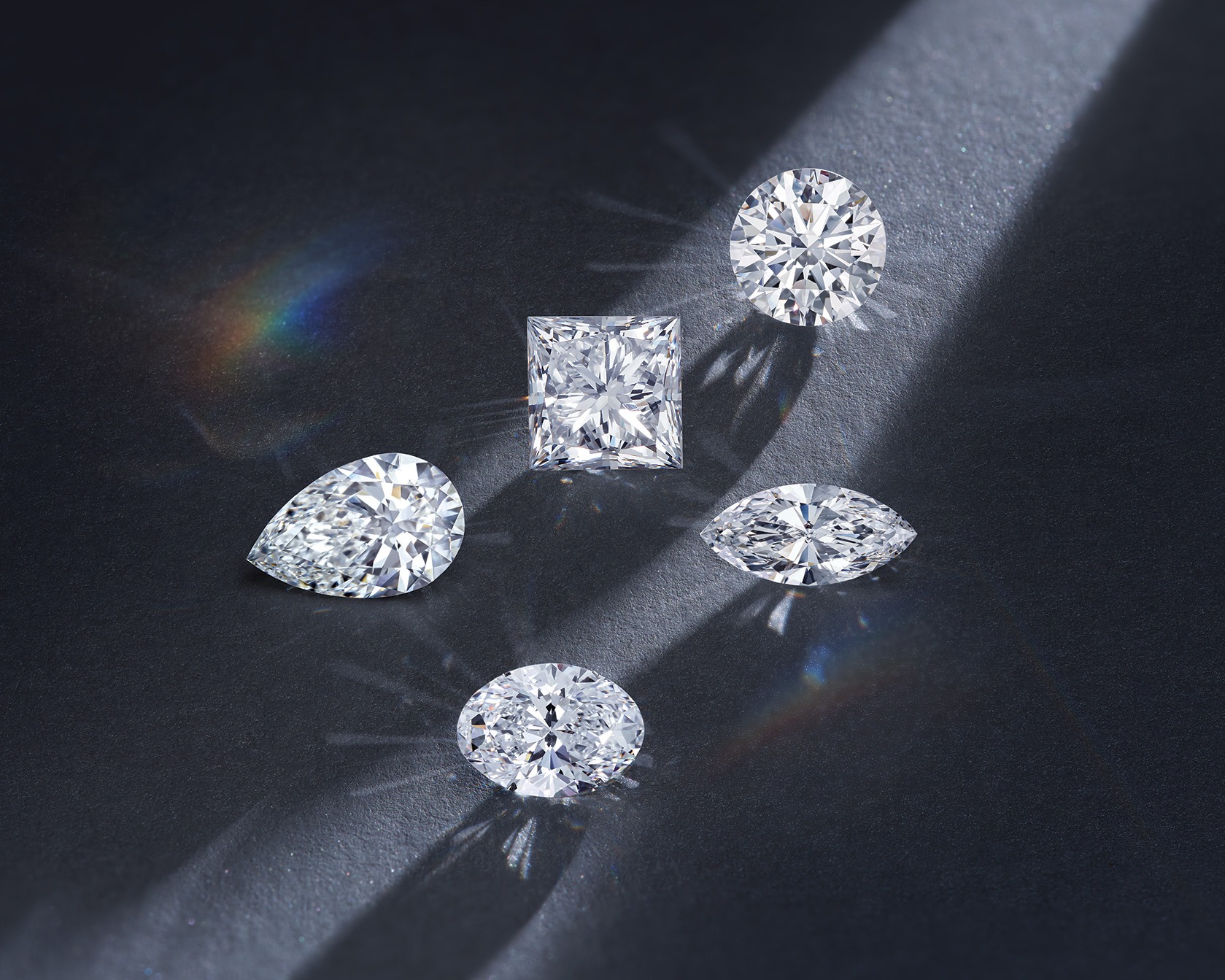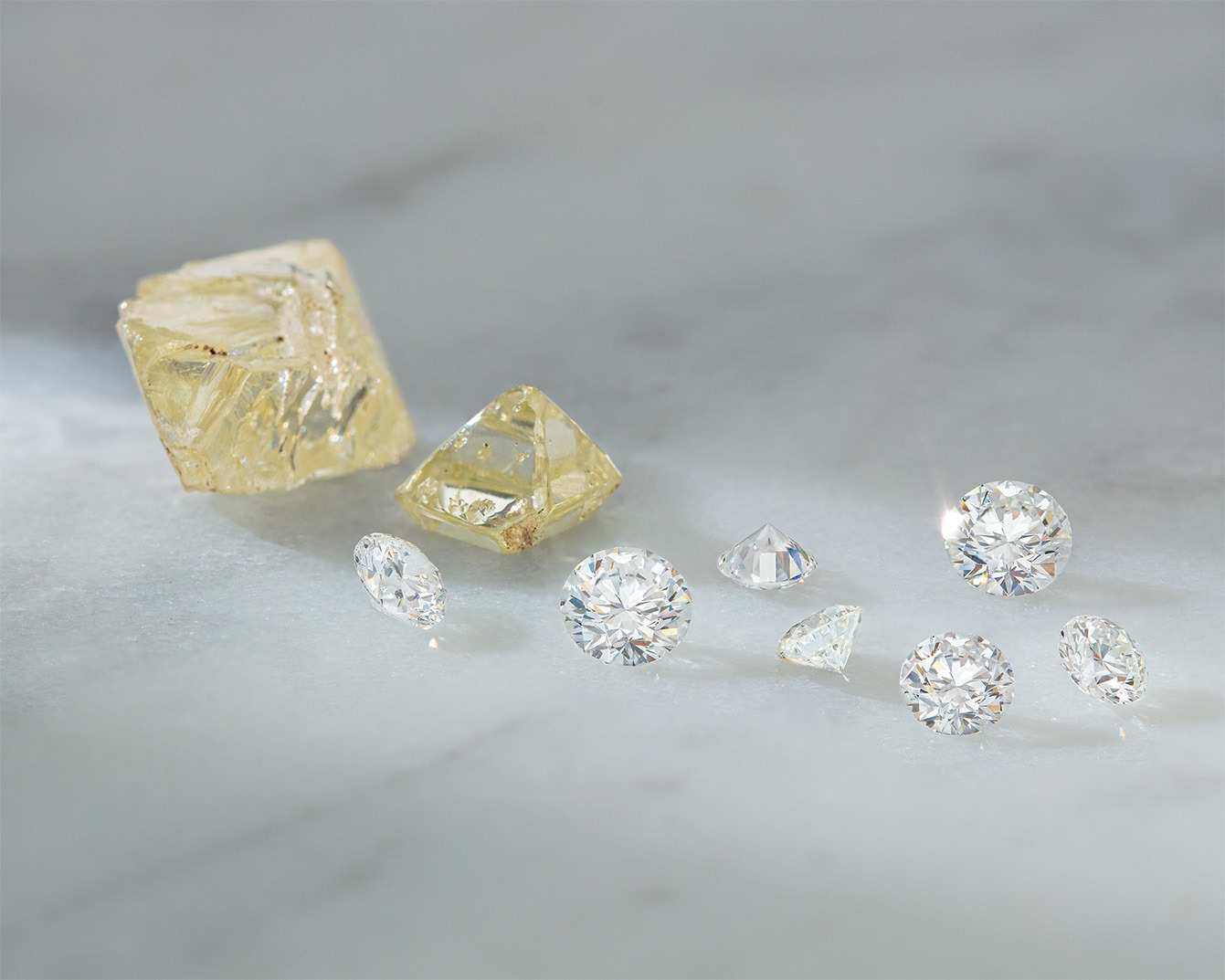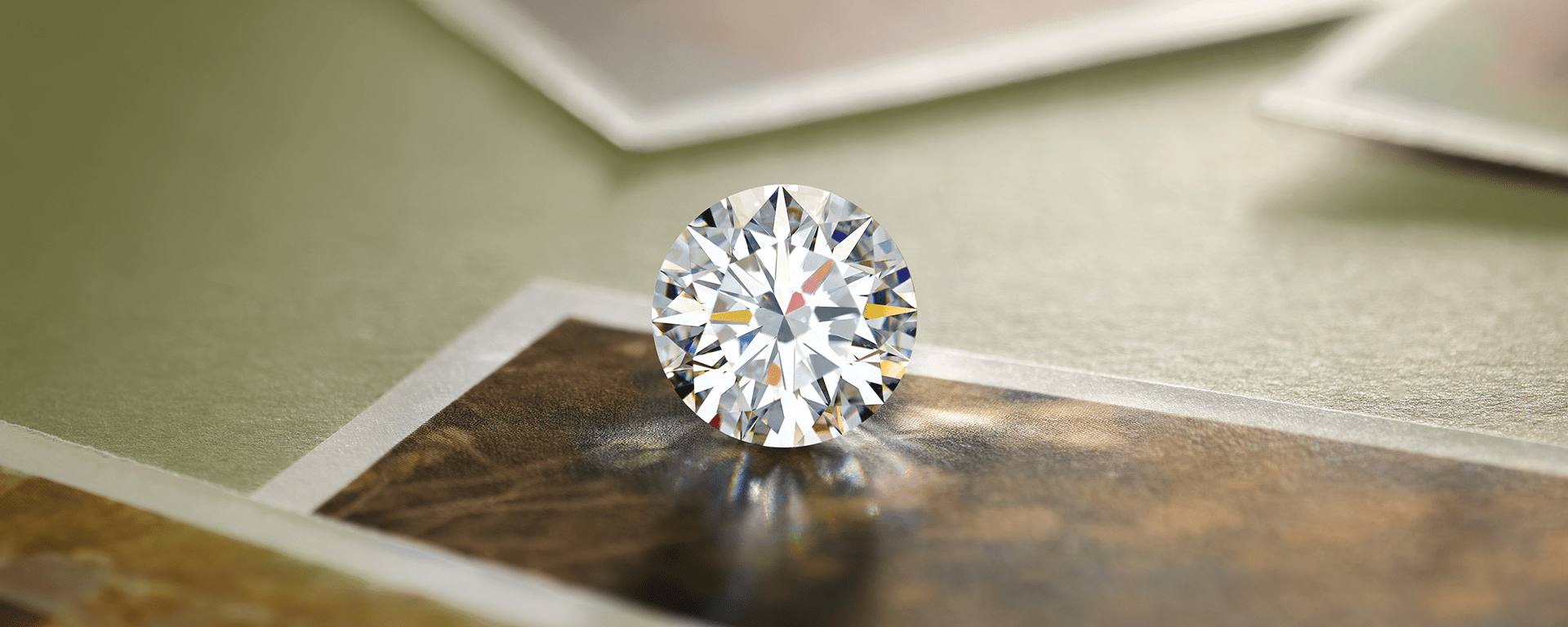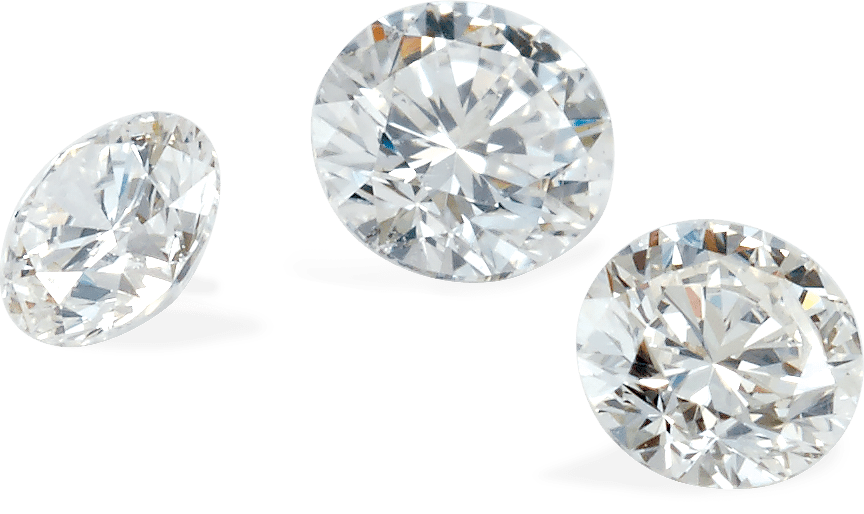Sell With a Story: April Birthstone Guide
Be dazzled by the sparkle and shine of diamonds, the eternal classic birthstone.
Diamonds have captivated humanity for centuries with their unparalleled beauty and timeless elegance. As the birthstone for April, these brilliant gemstones hold a special significance for those born in this month and beyond. In this comprehensive guide, we’ll delve into the rich history, care tips, and diverse options available in the world of diamonds, empowering jewelers to engage customers with knowledge and confidence.
The History and Meaning of Diamonds
Diamonds are iconic symbols of wealth, power, and eternal love. Originating deep within the Earth, diamonds undergo a remarkable journey of formation, from intense heat and pressure to violent expulsion to the Earth’s surface.
History tells us that significant diamond mining and trading began in India as early as the fourth century. As diamond demand grew across affluent Western Europe through medieval times, Brazil also rose as a significant diamond source that dominated into the 1800s. Today, diamonds continue to hold their allure, following a journey from mines in Africa, Canada, and Australia to cutting centers around the world before reaching the consumer.
The Roman naturalist Pliny said, “Diamond is the most valuable, not only of precious stones, but of all things in this world.” Civilizations both ancient and modern have treated it as such. From crown jewels and historical one-of-a-kind pieces to stunning everyday fashion and cherished engagement rings, diamonds have adorned meaningful treasures loved by all.
One of the most prominent advertising messages of all time is “A Diamond is Forever,” created by the De Beers Group — the world’s leading diamond exploration, mining, grading, marketing, and retail company. Nothing more adequately describes the appeal and symbolism behind this beloved stone.
Did You Know?
Not only is diamond the April birthstone, but it is also the traditional symbol of the 60th and 75th wedding anniversaries. Also, if you’re looking for a cost-effective alternative to this birthstone, consider choosing Lab-Grown Diamonds, Moissanite, White Sapphire, or White Topaz.

How to Care for Diamonds
As mentioned above, diamonds are formed about 100 miles beneath the Earth’s surface under immense heat and pressure. It is further unique in that it is the only gemstone consisting of a single element — Carbon. The crystal structure makes diamonds 58 times harder than any other substance on Earth with a rating of 10 on the Mohs hardness scale. That said, they achieve a toughness rating of fair to good. So, while no material other than another diamond can scratch a diamond, it can chip and fracture.
Diamonds sparkle brilliantly in the light and are ideal for everyday wear. They can be used with ultrasonic and steam cleaners without concern of damage.
Natural vs. Lab-Grown Diamonds
While many gemstones have synthetic alternatives, lab-grown diamonds have become one of the most standout topics within the industry and have risen to a popular choice for consumers — particularly in larger carat weights.
In today’s market, both natural and lab-grown diamonds offer customers distinct advantages and choices. While natural diamonds are cherished for their rarity and unique characteristics, lab-grown diamonds provide a financially attainable option with the same optical beauty. Jewelers play a crucial role in educating customers about the differences between these options and the importance of testing and screening to guarantee authenticity.
Both have a chemical composition of Carbon. Both have a refractive index of 2.42, ensuring identical sparkle and brilliance. Both have a Mohs hardness rating of 10. Both can include blemishes and inclusions. Natural and lab-grown diamonds are physically, optically, and chemically identical.
The primary differences between natural and lab-grown diamonds are growth time and origin. Natural diamonds are formed deep within the Earth over billions of years. Lab-grown diamonds are formed under man-made conditions in a laboratory in a matter of weeks.
Entrepreneurial jewelers will help educate their customers on both options and find the diamond that best suits their needs.
Click here to learn more about natural vs. lab-grown diamonds.

Colored Diamonds
Beyond the classic white diamond, colored diamonds offer a captivating array of hues, from delicate pastels to vibrantly saturated options. These rare and eye-catching stones add a touch of individuality and personality to any jewelry piece, making them an ideal choice for those seeking something truly unique.
How do these special diamonds occur? Trace elements found within the diamond can result in a visible color change. Only 1 in 10,000 diamonds achieve a classification of having a fancy color. Treatments are sometimes used to enhance these colors (known as color-enhanced diamonds).

Diamonds With Known Origin
Another prominent topic within the industry centers around provenance and diamonds with a known origin. Today’s consumer is concerned about transparency within the diamond mining industry and the authenticity of their diamond. Provenance refers to the documented history of a diamond or gemstone, detailing its origin, sourcing, and any transformations it has undergone. This additional reassurance adds value to the diamond and offers a unique opportunity for education in the sales process.
Click here to learn more about diamonds with known origin.

Choosing Diamond Jewelry
Whether opting for natural or lab-grown diamonds, jewelers can guide their customers in choosing the perfect piece that reflects their style, personality, and preferences. The durability of diamonds makes them ideal for any jewelry style, such as rings, earrings, bracelets, and necklaces. However, consideration should be given to the setting that secures the stone. Gold and platinum settings are the ideal metal options when it comes to diamond jewelry.
While colorless and near-colorless diamonds complement any metal color, there are interesting options and combinations available with colored diamonds. A good rule of thumb is to pair warm-colored diamonds with yellow metals and cool-colored diamonds with white metals. However, this isn’t always the case because green diamonds pop in yellow gold. Experiment and find the combinations that provide intrigue.
Diamonds: Timeless, Brilliant, Forever
As jewelers, we have the privilege of sharing in our customers’ most meaningful moments, and diamonds serve as enduring symbols of love, commitment, and celebration. By equipping ourselves with knowledge and understanding of diamonds, we empower our customers to make informed choices and create lasting memories with the timeless beauty of April’s precious birthstone.
Gemstone Education
Want to learn more about the colorful world of gemstones? Visit Stuller’s Gemstone Information Center to see a rainbow of options along with fun facts, care tips, and helpful resources.

Olivia Billet
Product Manager, Diamonds
Olivia attended the University of Louisiana at Lafayette, graduated with a bachelor’s degree in Public Relations, and is certified through GIA as an Applied Jewelry Professional as well as a Certified Sales Associate through the American Gem Society. Years of digging through her mom and grandmothers’ jewelry boxes lead to a love of diamonds and gemstones which she leans on every day in her role at Stuller.

